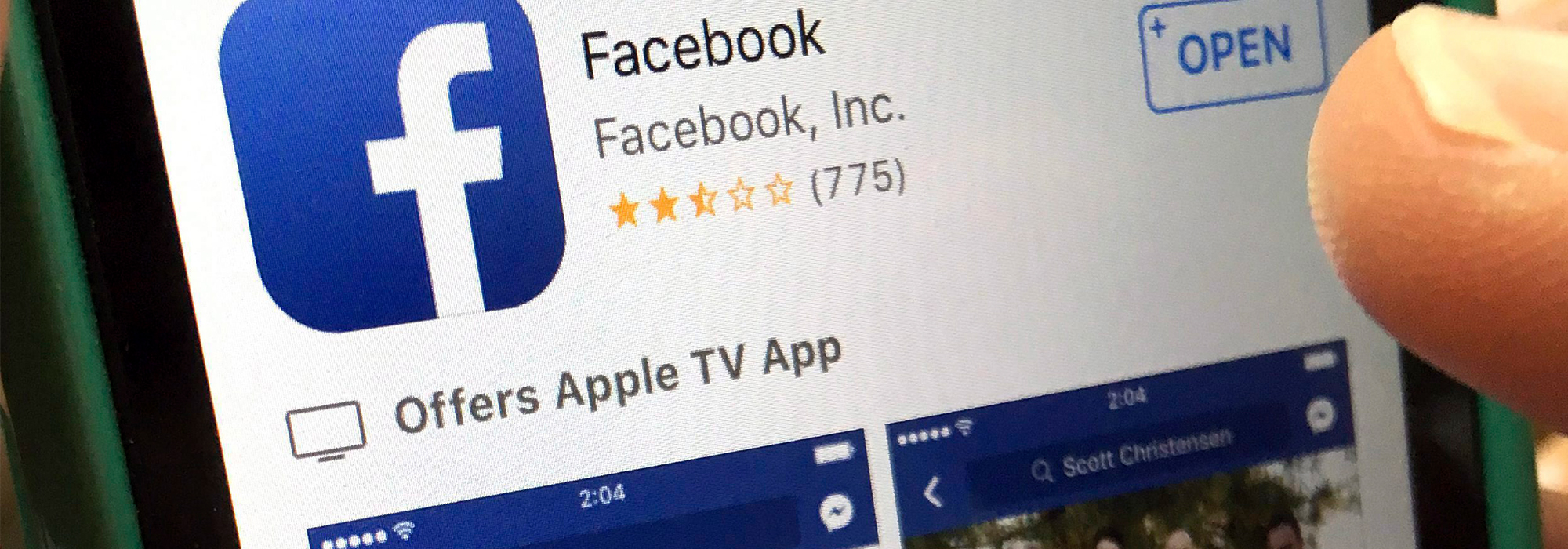
The Elections Modernization Act (Bill C-76) received royal assent in December, bringing into law new spending limits and rules for transparency. But it doesn’t go far enough to control election advertising in the age of the Internet and social media.
Gaps remain, allowing political entities to share and/or pay to promote content in ways that can circumvent the legal definition of election advertising in problematic ways. Our new so-called modern elections laws likely won’t be able to keep up.
C-76 defines election advertising as “the transmission to the public by any means during an election period of an advertising message that promotes or opposes a registered party or the election of a candidate, including by taking a position on an issue with which a registered party or candidate is associated.” It outlines when political entities cannot advertise (blackout periods) and how much they are allowed to spend on political advertising (spending limits). The aim in both cases is to safeguard the democratic integrity of elections.
For example, Canada’s revised blackout-period regulations in the new act state, “No person shall transmit election advertising to the public in an electoral district on polling day before the close of all of the polling stations in the electoral district.” This provision exists to allow citizens to make decisions without the influence of advertising and, as stated in a publication by Elections Canada, “to allow all electors to enter the polling station with approximately the same information.”
The Elections Modernization Act does recognize that advertising is done via technology platforms such as Facebook, Google and Twitter. But it misses new ways these tools are used. People and groups are using the Internet in ways that challenge the notion of election advertising and circumvent even these new rules.
Two examples are candidates’ social media accounts and paid dissemination and amplification techniques such as political bots.
Candidates’ social media profiles
During elections, candidates – like all Canadians – can use personal social media profiles to present personal opinions. But for a candidate, these profiles also become vehicles for self-promotion. And in other circumstances, promotion outside of formal paid advertising is not allowed. For example, under the CRTC rules, which are geared to broadcasters, on-air personalities who become candidates must go off the air for the duration of their election campaign. With increased social media use during campaigns, there has been a blurring of the boundary between what is considered sharing an opinion within your own network and what is considered broadcasting to the public.
Recent events show an unclear distinction between personal and political social media accounts for politicians. Take the example of Ottawa Mayor Jim Watson, who was challenged last year for blocking some members of the public on his personal Twitter account. These citizens argued that his action violated their Charter rights. Watson eventually concluded that his account is public, and he unblocked the people in question. The conflict demonstrates the increasing role that candidates’ social media profiles play as both personal and political platforms.
It is problematic, then, that the new act doesn’t clarify whether self-promotion via social media is still considered simple personal opinion during campaigns and blackout periods.
The definition of election advertising, which could help to clarify what is covered during the blackout period, presupposes a universal understanding of what constitutes an advertising message. But that understanding does not exist.
We might learn from what other countries are doing. German election laws take an all-encompassing approach: “During polling hours, no influence may be exerted on voters by word, sound, writing or image.” In England, the Code of Recommended Practice on Local Authority Publicity (2011) binds local authorities and provides detailed guidelines about what they may or may not publish during an election period. Both these laws clearly define what falls within the realm of permissibility, and could act as a starting point for reassessing Canada’s strategy.
A clearer definition of election advertising and rules on whether candidates’ social media profiles should be limited, at least during blackout periods, would help to clarify the law. In the short time we have before the next election — planned for October 2019 — Canada’s political parties could adopt a code of conduct that better defines what is permissible during election blackout periods.
Paid dissemination and amplification
Even if we remain focused on a definition of election advertisement that involves payment, the terrain is uncertain. When discussing election advertising on the Internet, we normally think about placement using the promotion and advertising tools created by Facebook, Google and Twitter. The new act requires these companies to create databases of election advertisements on their platforms. But there are many ways to get more eyes on content, and they won’t all be identified under the current rules.
Companies can be hired to direct botnets (networks of automated social media accounts) to retweet, share, favourite or upvote various types of content. Humans can also be paid to do the same thing, amplifying and extending the distribution of content. And social media “influencers” with large followings can be paid to promote candidates, political parties and related issues. In these cases, content that might be considered election advertising can be posted for free initially. But then, to reach wider audiences, some entity can be paid to aid in its dissemination.
It is not just political parties and candidates who can engage in paid dissemination of content promoting a party, candidate or related issue. There are other entities: nonprofits and unions, for example. The Canada Elections Act calls them third parties. They, too, have the ability to purchase botnets and direct them to amplify a message a candidate posts on social media, and it can be very hard to know when this is happening.
At one time, buying an advertisement included the dissemination process. Placing an advertisement on national television included getting it in the programming lineup and delivering it to households across the country. But the Internet and social media have created a situation where posting the content and disseminating it can be done separately and by different entities.
This causes problems for interpreting what counts as election advertising and who is responsible for it. It is uncertain whether paid dissemination would count in advertising spending limits and even less clear how it could be tracked to enforce spending limits or blackout periods.
Online advertising can’t go unchecked
Political parties and third parties are likely to continue to experiment with communication technologies to get out their messages and connect with voters. This experimentation can be helpful for engaging and educating the electorate. But it can’t go unchecked.
Take the 2018 Ontario election, when questions came up about Internet-based advertising. During the blackout period, the Ontario Progressive Conservative Party withdrew its sponsored online advertisements, but the other three major parties did not. “The confusion over the ads points to a potential grey zone in Ontario’s elections laws,” CBC reporter Elizabeth Thompson wrote in her coverage.
Ideally, Canada’s election modernization efforts would address the grey zones that arise from innovative uses of social media. If we continue to value blackout regulations and advertising spending limits as democratic safeguards, we need a clearer definition of election advertising, one that can be properly enforced.
Decisions must be made to ensure a fair election period. Without further clarifications, the advantage is left with those who circumvent the rules. It should be with candidates who best represent the values of Canadian voters.
Photo: A user gets ready to launch Facebook on an iPhone, in North Andover, Mass. in June 2017. AP Photo / Elise Amendola
Do you have something to say about the article you just read? Be part of the Policy Options discussion, and send in your own submission. Here is a link on how to do it. | Souhaitez-vous réagir à cet article ? Joignez-vous aux débats d’Options politiques et soumettez-nous votre texte en suivant ces directives.











